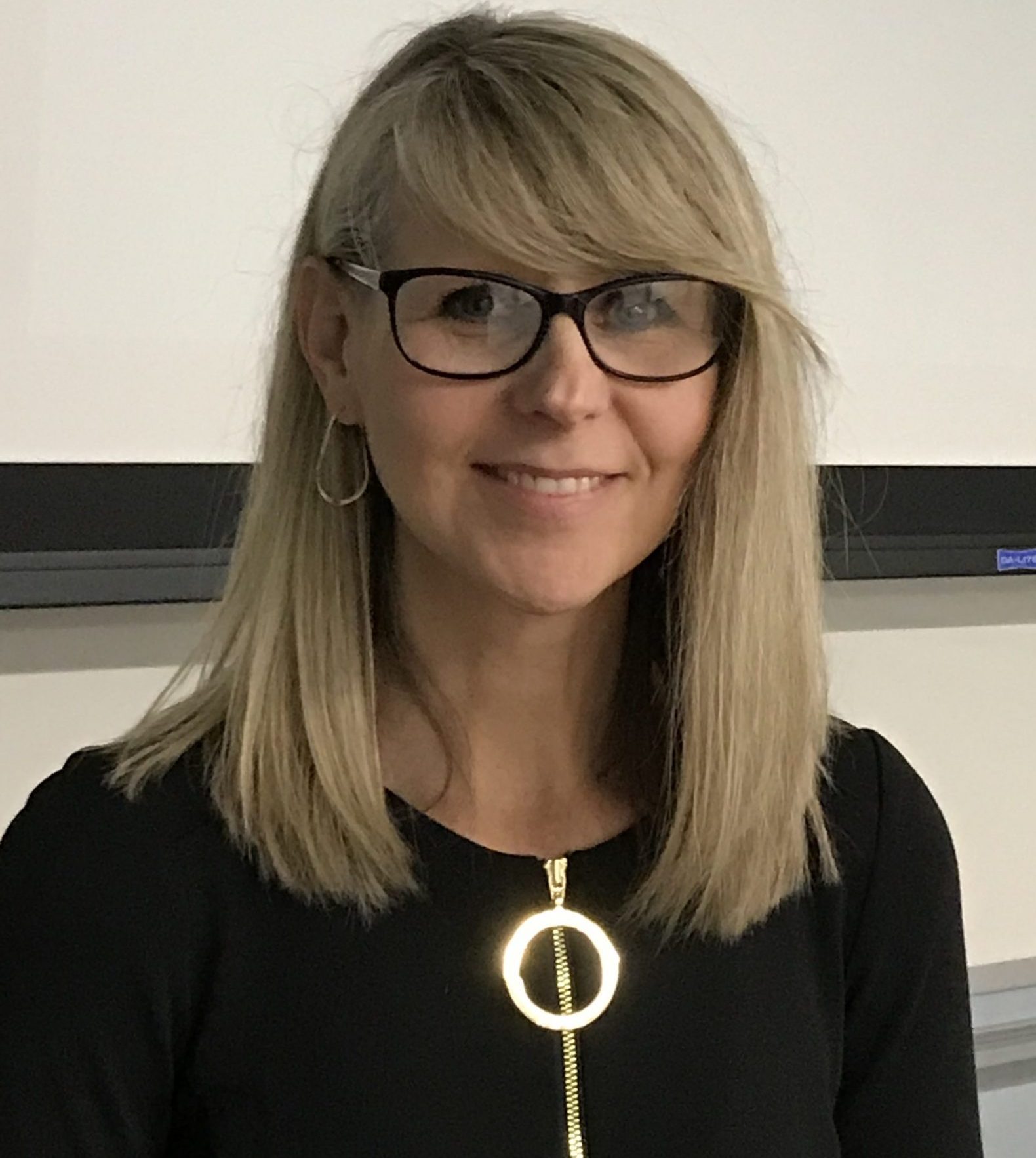One of the things about being on faculty is that you aren’t done with TAKING classes.
My development plan calls for no small amount of sharpening my saw regarding all kinds of topics. Last semester I took on-and-offline courses in Canvas (our learning management system) on the “Active Learning Classroom” (very cool) and on both inclusive teaching and LGBTQ+ Safe Zone. More on the latter in a future post.
 Some of this content was what one might term “technical.” How to use the collaboration tools in Canvas, how to build courses, how to make use of online tools and flexible classroom arrangements to improve student experience and learning, and the like. The latest of these was a course in Effective and Dynamic Lecture Slides, taught by the head of BGSU’s Design Program, Dr. Jenn Stucker.
Some of this content was what one might term “technical.” How to use the collaboration tools in Canvas, how to build courses, how to make use of online tools and flexible classroom arrangements to improve student experience and learning, and the like. The latest of these was a course in Effective and Dynamic Lecture Slides, taught by the head of BGSU’s Design Program, Dr. Jenn Stucker.
Dr. Stucker made the lessons pretty easy to grasp; no complicated design terms, no need to use Adobe Illustrator (though she did aver that she uses that for graphics.) Instead, she focused on key concepts that we ALL should know — particularly we word nerds.
Some of the advice is well-known – One main point per slides, no more than six bullet points of six words each, no more than four colors, and a bias for contrast (no yellow on white, please!) But the main thrust of the lesson was about these things:
- The process of cognition starts with shape, then color, then content. We read shape initially, which is why we can read a jumbled paragraph even when it’s only got the first and last letters in each word. The ascenders (like the post in a d) and descenders (like the tail in a p) signal what the letters will be.
- Sequencing: How do you pace the content? We remember beginnings and endings, so as you compose your slide deck, start strong, then add secondary information. Make a pick-me-up in the middle, then finish strong and perhaps repeat your main points. Joan Detz recommends telling people what you are going to tell them, tell them, and tell them what you have told them. Similar principle!
- Develop a story board. Your title and ending slides might be up for a while on the screen. Is the title clear and intriguing? Is the last bit of information powerful or helpful?
- Pacing – give rhythm to the visuals. Be consistent, simple and organized. And remember that slides are “free.” Add more when needed. Incorporate multimedia, consider including diverse types of activities.
- Don’t overload your slides. Splitting dense content into separate slides helps with pacing, visual interest, and it doesn’t telegraph length! No, “OMG he’s only on bullet 3”
- Know your audience – Edit to the essentials. Curated content reflects intent and emphasis, stay clear and concise (good slides reflect competence) and answer the question, “What’s in it for me?” for your audience members.
There’s more, and I’m probably omitting something important, but hey, it IS my blog, and that’s what stands out for me!
It’s beyond cool to have access to such great professional development. Our Center for Faculty Excellence distinguishes itself even here at the start of my full time academic career. #Grateful!

